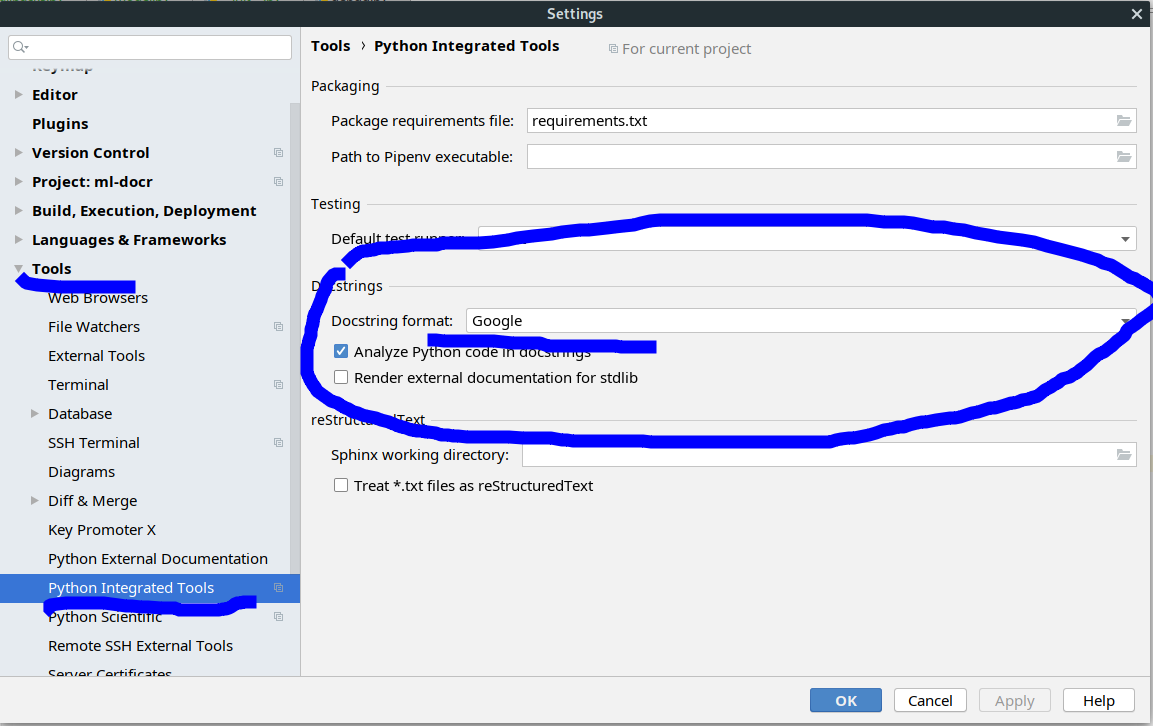Contributing is quite easy: suggest ideas and make them done. We use GitHub issues for bug reports and feature requests.
Every good PR is usually consists of:
- feature implementation :)
- documentation to describe this feature to other people
- tests to ensure everything is implemented correctly
CHANGELOG.mdupdate for framework development history
You can check these examples as a good example to follow:
- Make an issue with your feature description;
- We shall discuss the design and its implementation details;
- Once we agree that the plan looks good, go ahead and implement it.
- Goto GitHub issues;
- Pick an issue and comment on the task that you want to work on this feature;
- If you need more context on a specific issue, please ask, and we will discuss the details.
You can also join our Catalyst slack to make it easier to discuss. Once you finish implementing a feature or bugfix, please send a Pull Request.
If you are not familiar with creating a Pull Request, here are some guides:
- http://stackoverflow.com/questions/14680711/how-to-do-a-github-pull-request
- https://help.github.com/articles/creating-a-pull-request/
- Install requirements
brew install bash # for MacOS users, as we need bash version >= 4.0.0 pip install -r requirements/requirements.txt -r requirements/requirements-dev.txt # for easy-to-go development, we suggest to install extra dependencies pip install -r requirements/requirements-ml.txt -r requirements/requirements-cv.txt -r requirements/requirements-nlp.txt - Break your work into small, single-purpose updates if possible. It's much harder to merge in a large change with a lot of disjoint features.
- Submit the update as a GitHub pull request against the
masterbranch. - Make sure that you provide docstrings for all your new methods and classes.
- Add new unit tests for your code.
- Check the codestyle
- Make sure that your code passes the unit tests
Do not forget to check the codestyle for your PR with
catalyst-make-codestyle && catalyst-check-codestyleMake sure to have your python packages complied with requirements/requirements.txt and requirements/requirements-dev.txt to get codestyle run clean.
Do not forget to check that your code passes the unit tests
pytest .Create a new bash file in bin/tests with tests for your new feature.
If file name starts with check_dl_core, check_dl_cv or check_dl_nlp then your new tests will be executed
automaticaly on pull request, otherwise you need to update bin/tests/check_dl_all.sh.
The easiest way to test Notebook API is to test expected behaviour directly in python.
It can be done in different ways and one of them is to execute python script with -c:
python -c "assert True != False"If your feature affects output files - please check that directory with logs contains all required files.
Create a folder with tests in tests directory and define there minimal required files - __init__.py,
experiment.py, models.py and config files (like configN.yml) with test configuration. Your folder name
should represent the part of API you are testing - for example, if I want to test dl part I will call a new
test folder like _tests_dl_my_awesome_new_feature.
As was mentioned previously, if your feature affects output files - please add tests for required files in directory with logs.
If your feature affects some metrics - you need to check that everything works as expected during
epochs and/or stages. You can do this with <logdir>/checkpoints/_metrics.json file (load this file
in python and check values or something similar) or <logdir>/log.txt.
Catalyst uses Google style for formatting docstrings. Length of line inside docstrings block must be limited to 80 characters to fit into Jupyter documentation popups.
How to setup Google style documentation style in PyCharm:

Make the docs with
rm -rf ./builds; REMOVE_BUILDS=0 make check-docsNow you can open them into your browser, for example with
vivaldi-stable ./builds/index.htmlIf you have some issues with building docs - please make sure that you installed required pip packages.
The command requires Sphinx and some sphinx-specific libraries.
If you don't want to install them, you may make a catalyst-dev container
make docker-dev
# and then run test
docker run \
-v `pwd`/:/workspace/ \
catalyst-dev:latest \
bash -c "make check-docs"